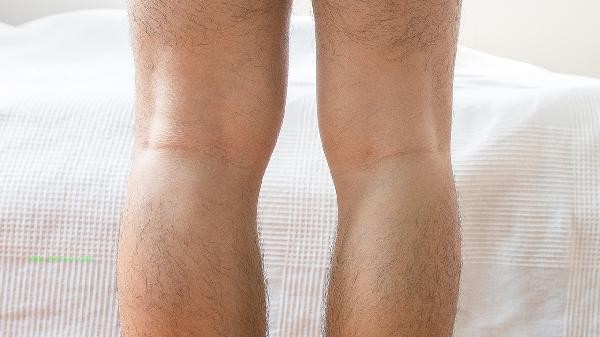Muscle contraction recovery can be accelerated through stretching training, hot compress relaxation, low-frequency electrical stimulation, resistance training, water exercise, and other methods. Muscle contractures are usually caused by factors such as sports injuries, long-term poor posture, neurological disorders, muscle ischemia, metabolic abnormalities, etc.

1. Stretching training
Static stretching of contracted muscles can effectively improve fiber adhesion. Taking hamstring muscle contracture as an example, the forward bending movement in a sitting position should be maintained for more than 30 seconds and repeated three times a day. Avoid bouncing movements during stretching to prevent compensatory muscle contractions. PNF stretching technique can be used for long-term contracted areas to enhance flexibility through active contraction relaxation cycles.
2. Hot compress relaxation
Hot compress can promote local blood circulation. It is recommended to use a hot towel at around 40 ℃ for 15 minutes before training. Deep muscle contractures can be treated with paraffin wax therapy, and the thermal effect can last for more than 30 minutes. Note that hot compress is not allowed during the acute injury period, and diabetes patients need to control the temperature to avoid scalding.
3. Low frequency electrical stimulation
Transcutaneous nerve electrical stimulation can alleviate muscle spasms, with a frequency setting of 50-100Hz showing better results. The commonly used interference current therapy in the rehabilitation department of hospitals can penetrate deep muscle tissue. The family can use a portable low-frequency therapy device for 20 minutes of treatment per day, and the electrode pads should avoid the heart area.

4. Resistance Training
Progressive resistance training can rebuild muscle elasticity, starting from 30% maximum muscle strength load. Muscle contraction of the calf triceps can be treated with heel lifting training, initially assisted by elastic bands. Immediately apply ice for 10 minutes after training to prevent inflammatory reactions, with a weekly increase of no more than 10%. Severe contractures should be performed under the guidance of a rehabilitation therapist.
5. Water exercise
Water buoyancy can reduce joint pressure, and water temperature of 32-34 ℃ is most suitable for muscle relaxation. Recommend doing water steps, lateral walking and other movements, as water flow resistance can enhance the sense of body. Contracture caused by spinal cord injury should be accompanied by a floating device to avoid cramps in water. During the recovery period, high-quality protein intake should be ensured, with no less than 150 grams of lean meat fish per day. Supplementing with magnesium can help relieve muscle tension, and dark green vegetables and nuts are good sources. Maintain the functional position of the affected limb during sleep and use memory foam pillows to support the joints. During the acute pain period, it is recommended to take methylprednisolone hydrochloride tablets for a short period of time, but only under the guidance of a doctor. It is recommended to engage in aerobic exercise three times a week to maintain blood circulation throughout the body, with brisk walking or swimming being suitable choices. If the contraction persists for more than two weeks or is accompanied by sensory abnormalities, it is necessary to seek medical attention promptly to investigate neurological disorders.









Comments (0)
Leave a Comment
No comments yet
Be the first to share your thoughts!